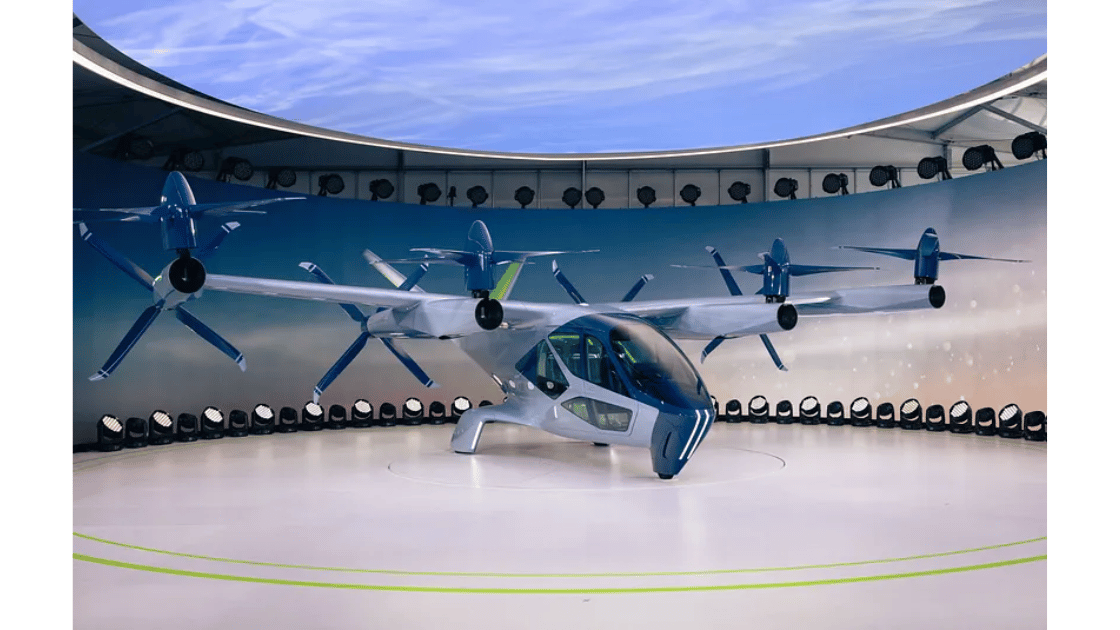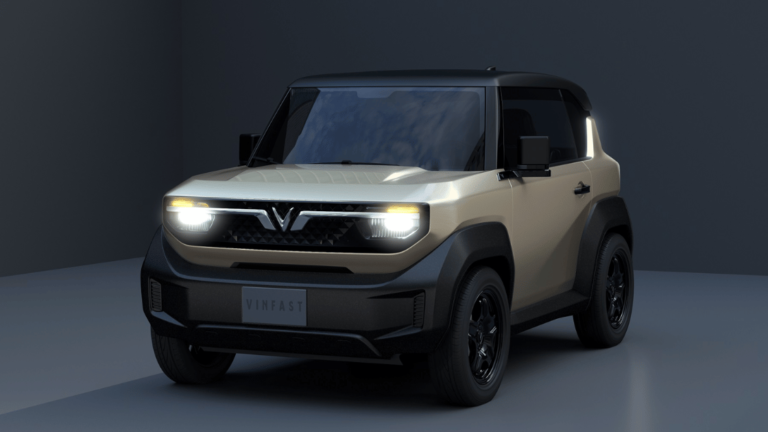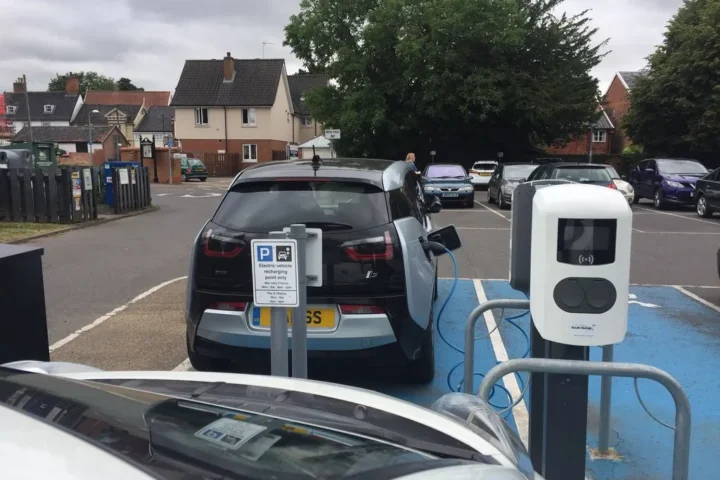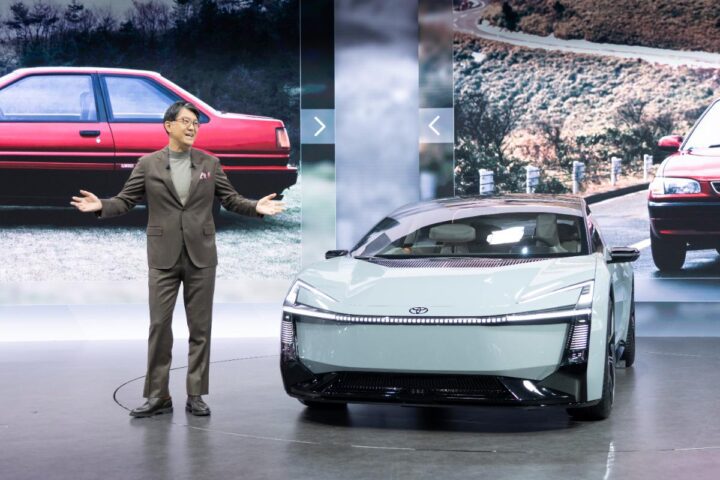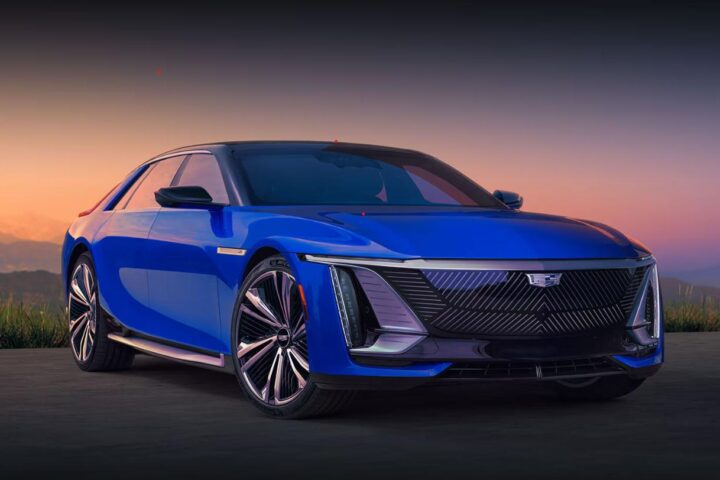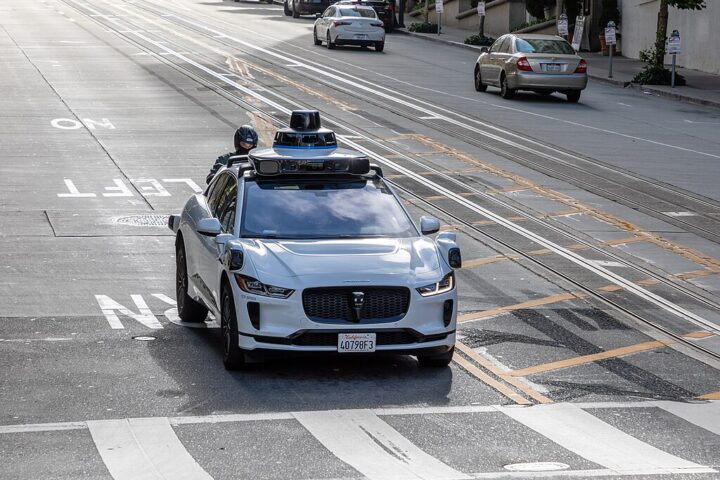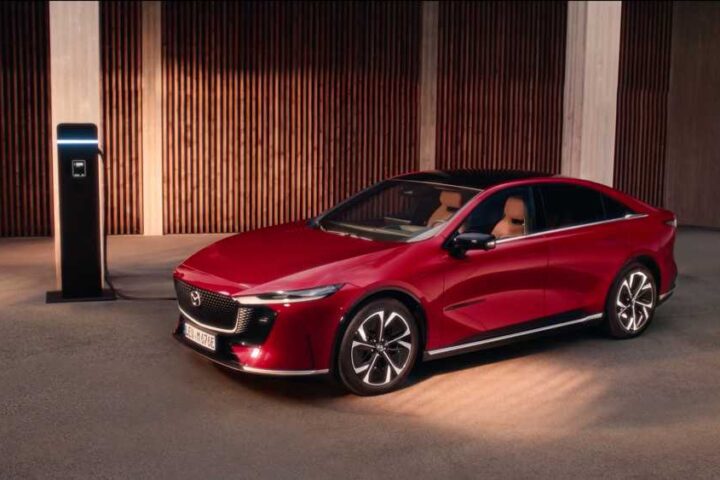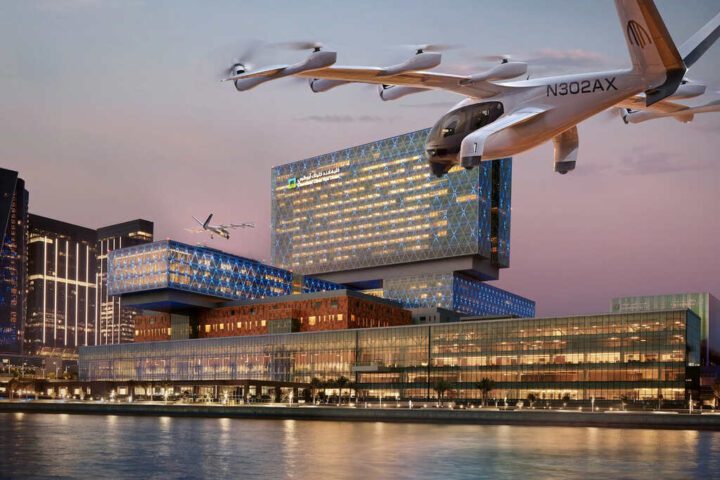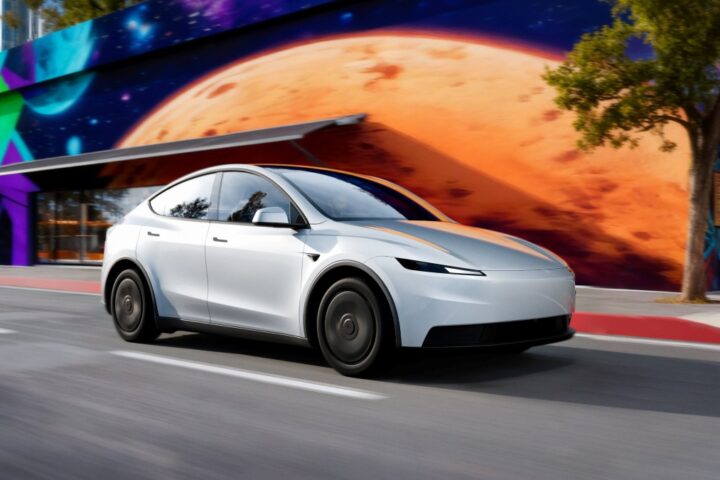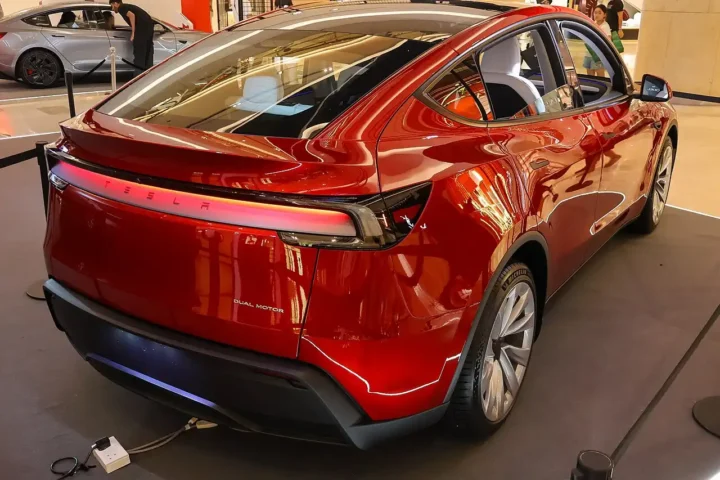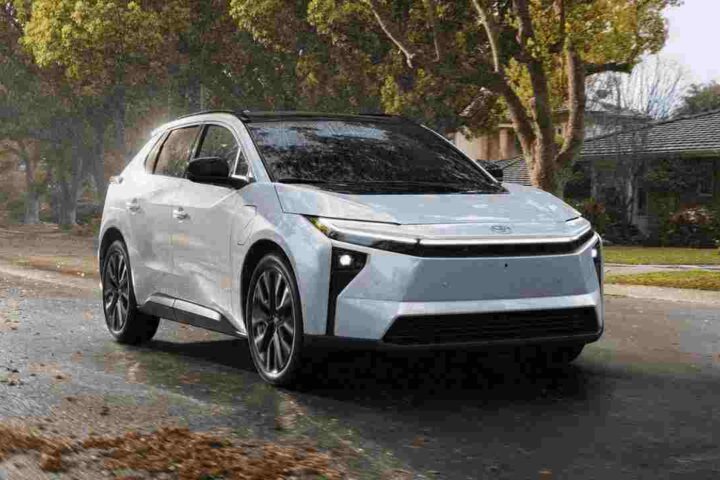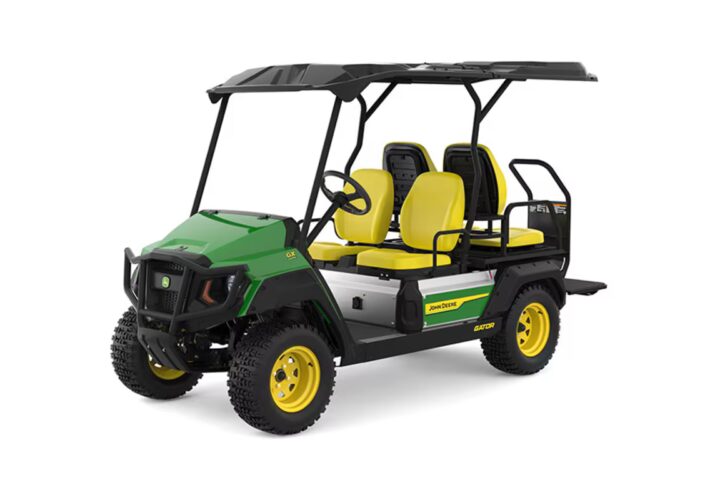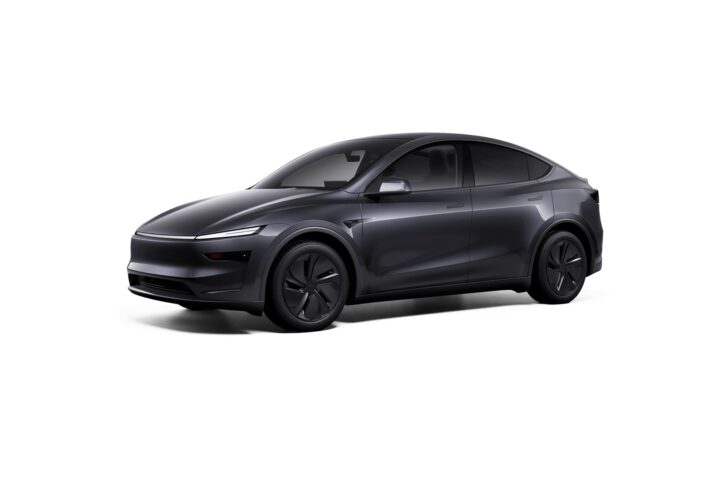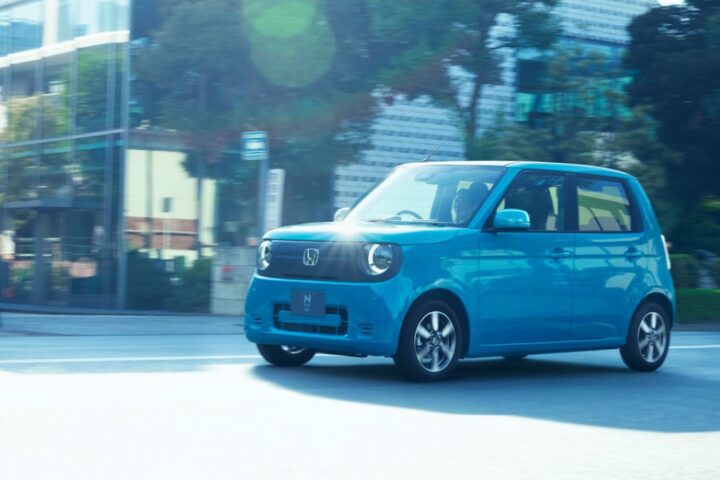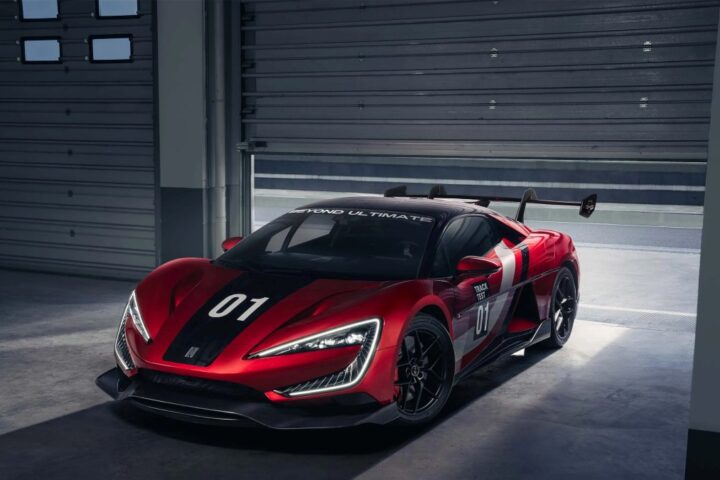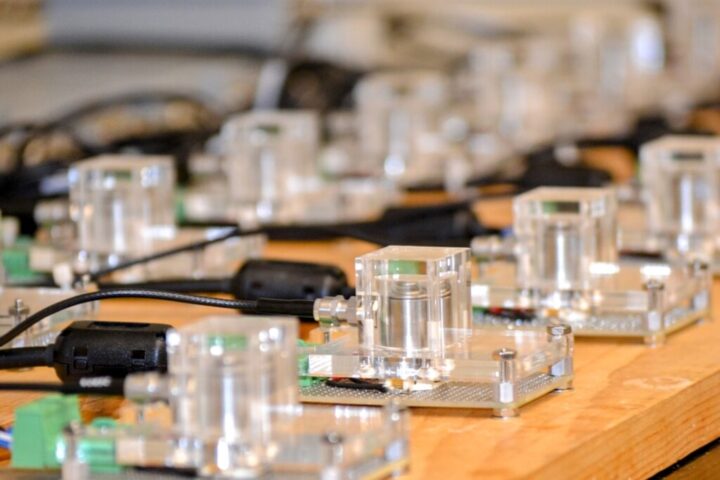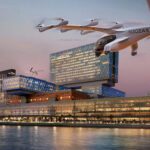Supernal, the Advanced Air Mobility (AAM) division of Hyundai Motor Group, unveiled the S-A2 at CES 2024. The company’s efforts to transform urban air transport have advanced significantly with the development of its electric vertical takeoff and landing (eVTOL) vehicle. The 2020 S-A1 idea evolved into the S-A2, which combines Hyundai’s automotive and aeronautical technical expertise.
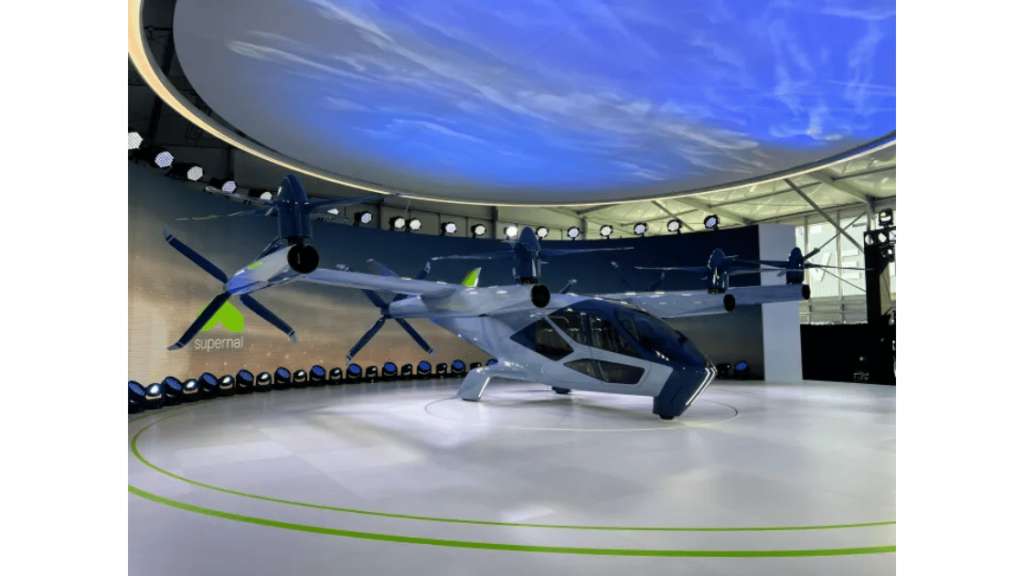
The S-A2 is perfect for 25 to 40 mile metropolitan journeys because it can travel at 120 miles per hour at 1,500 feet in the air. Its distributed electric propulsion system, which consists of eight all-tilting rotors, is what makes it special. With noise levels similar to a dishwasher (65 dB during takeoff and landing, and 45 dB during horizontal cruising), this design guarantees quiet operation.
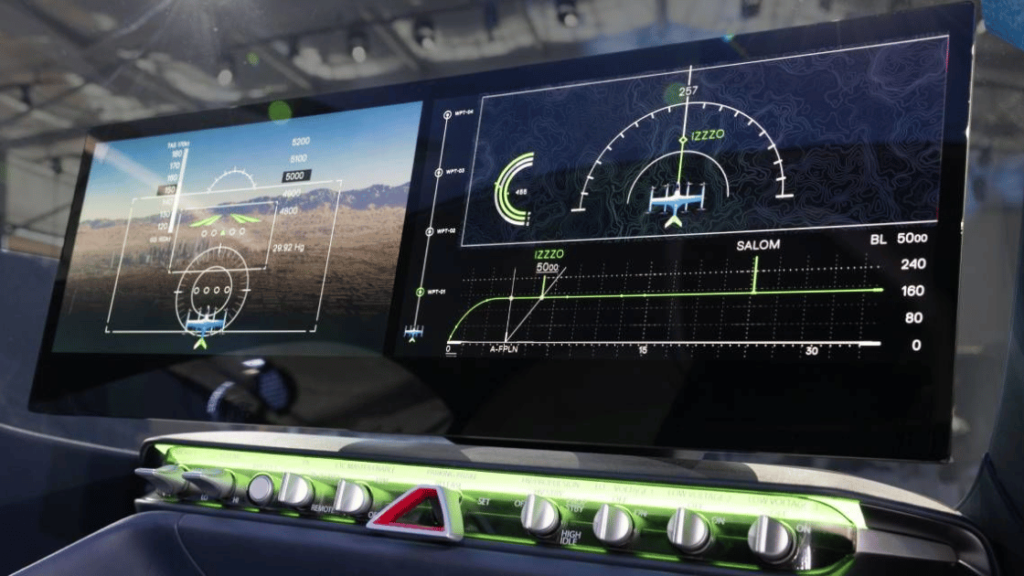
The S-A2′s design places a high priority on sustainability and safety. It has a strong airframe and redundant parts in vital systems such as the avionics, flight controls, and powertrain. In order to manufacture at a reasonable cost, Supernal wants to meet commercial aircraft safety regulations and take advantage of Hyundai’s mass production capabilities.
The engineers at Supernal and the automotive designers at Hyundai worked together to create the interior, which prioritizes passenger comfort and experience. It has separate areas for passengers and pilots, seat frames made for airplanes, and phase-adaptive lighting.
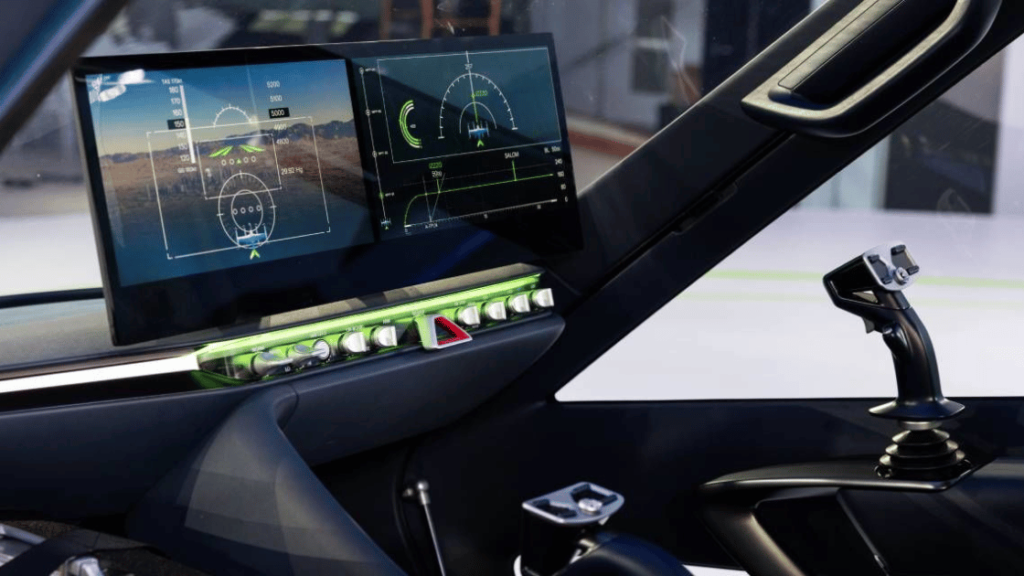
Similar Posts
Supernal has taken a very interesting approach to battery technology. The firm places a strong emphasis on modularity and upgradability, making it possible to easily absorb any future developments in battery technology.
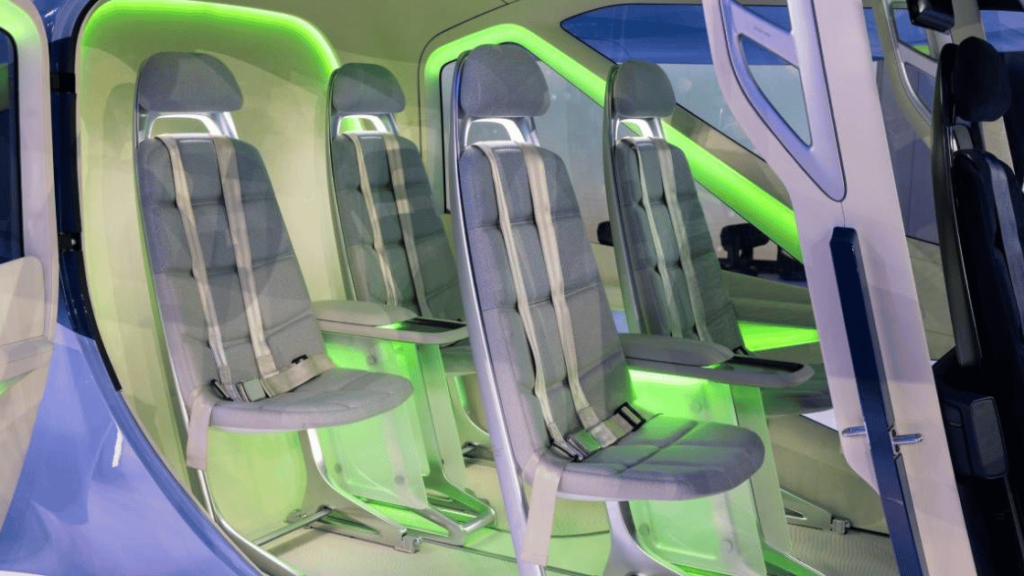
Supernal must overcome the difficulty of getting the type, production, and air carrier FAA certifications in order to comply with regulations. These certifications pose a significant obstacle to the commercialization of the S-A2, even with Hyundai’s manufacturing capabilities.
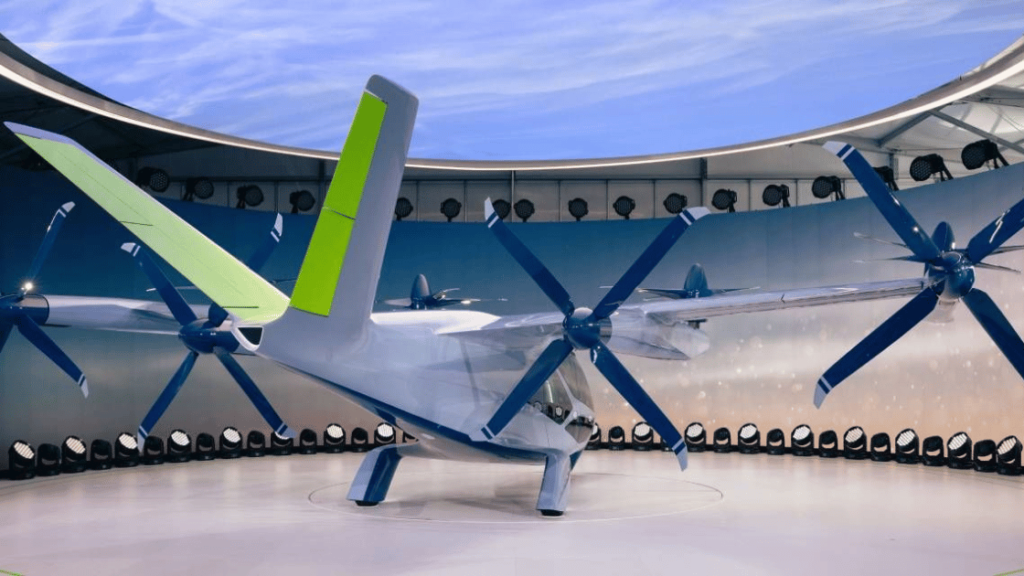
This enormous endeavor is a reflection of the larger trend toward efficient, electric mobility in the automobile and aviation industries. eVTOL technology is also being invested in by businesses including as Stellantis and Archer Aviation, as well as airlines like United and Delta. To achieve the goal of urban air mobility, Supernal and its rivals must overcome industry obstacles including battery weight and power ratios.
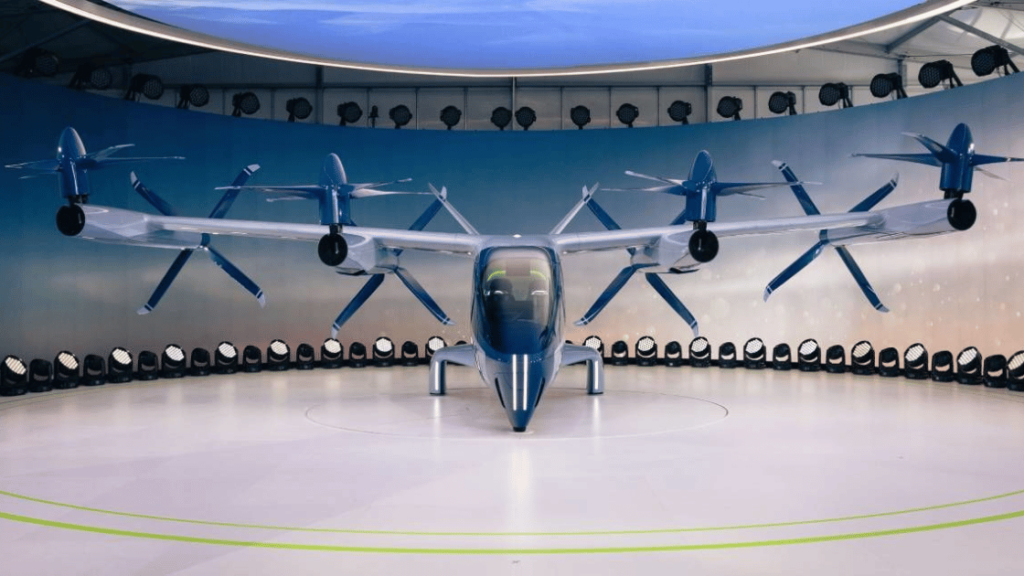
Supernal’s association with Hyundai offers a possible production edge; yet, the route to market debut in 2028 is paved with technical and legal obstacles. The S-A2 and related projects’ capacity to adhere to safety regulations, work with the current transportation network, and win over the general public will determine their viability. Supernal is a prominent participant in the developing field of Advanced Air Mobility because of its dedication to design, safety, and sustainability innovation.
